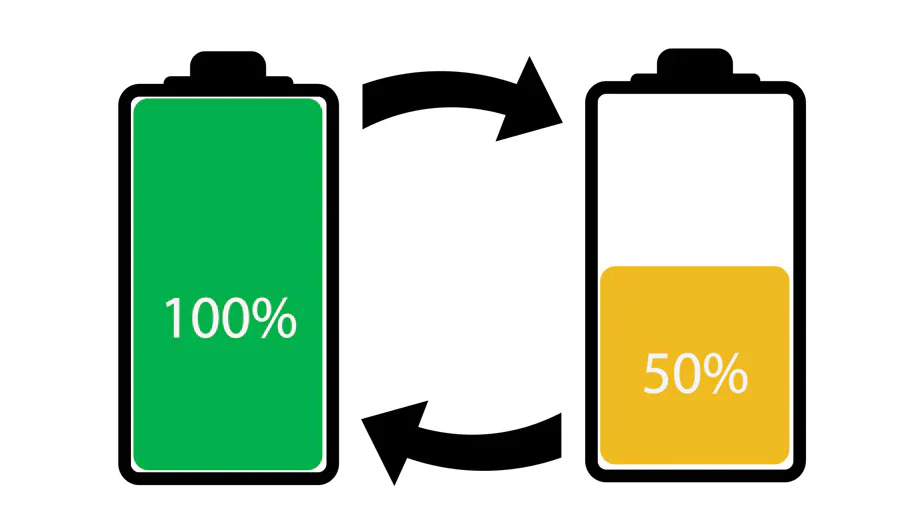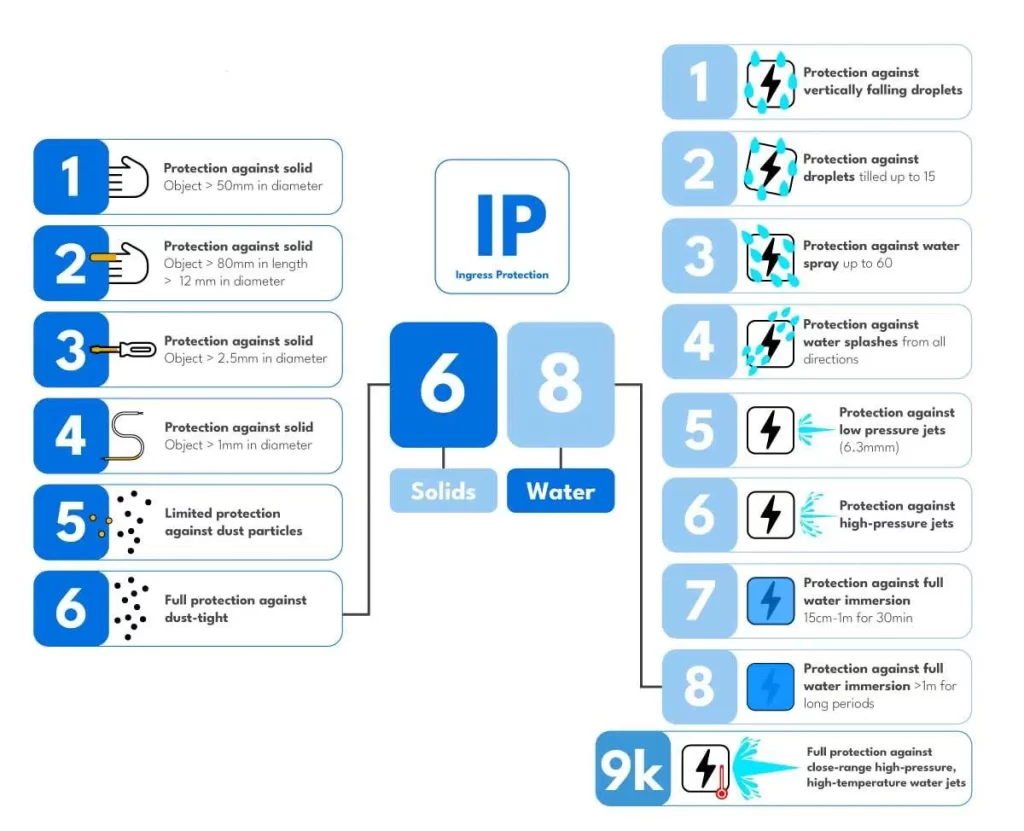Comparison of three types of battery cycle life With the continuous progress of battery technology, lead-acid batteries, nickel-metal hydride batteries and lithium-ion batteries are more and more widely used in various fields. The efficiency of charge and discharge capacity of different types of batteries directly affects their performance, service life and application scenarios. This article will make an in-depth comparison…





